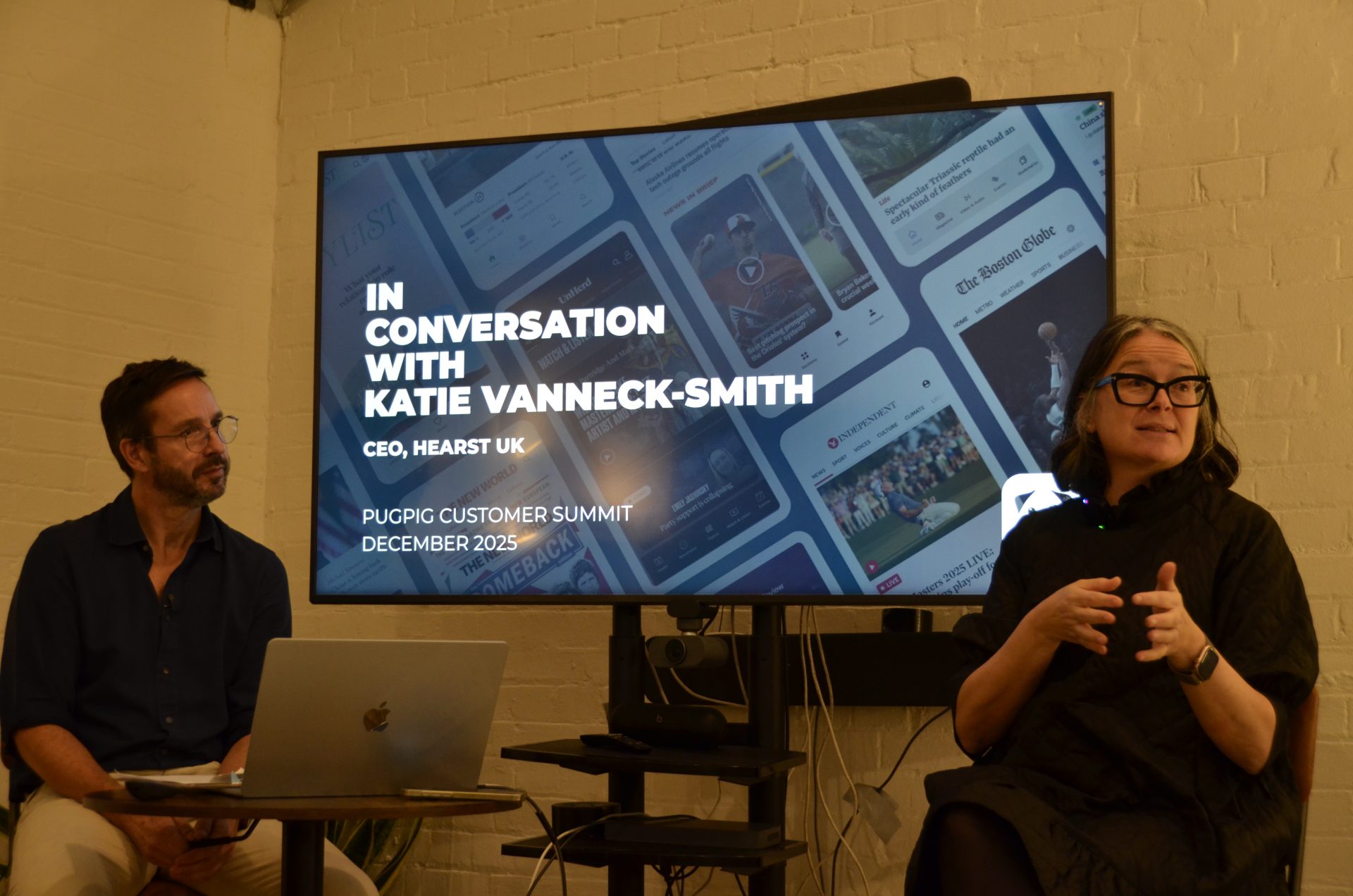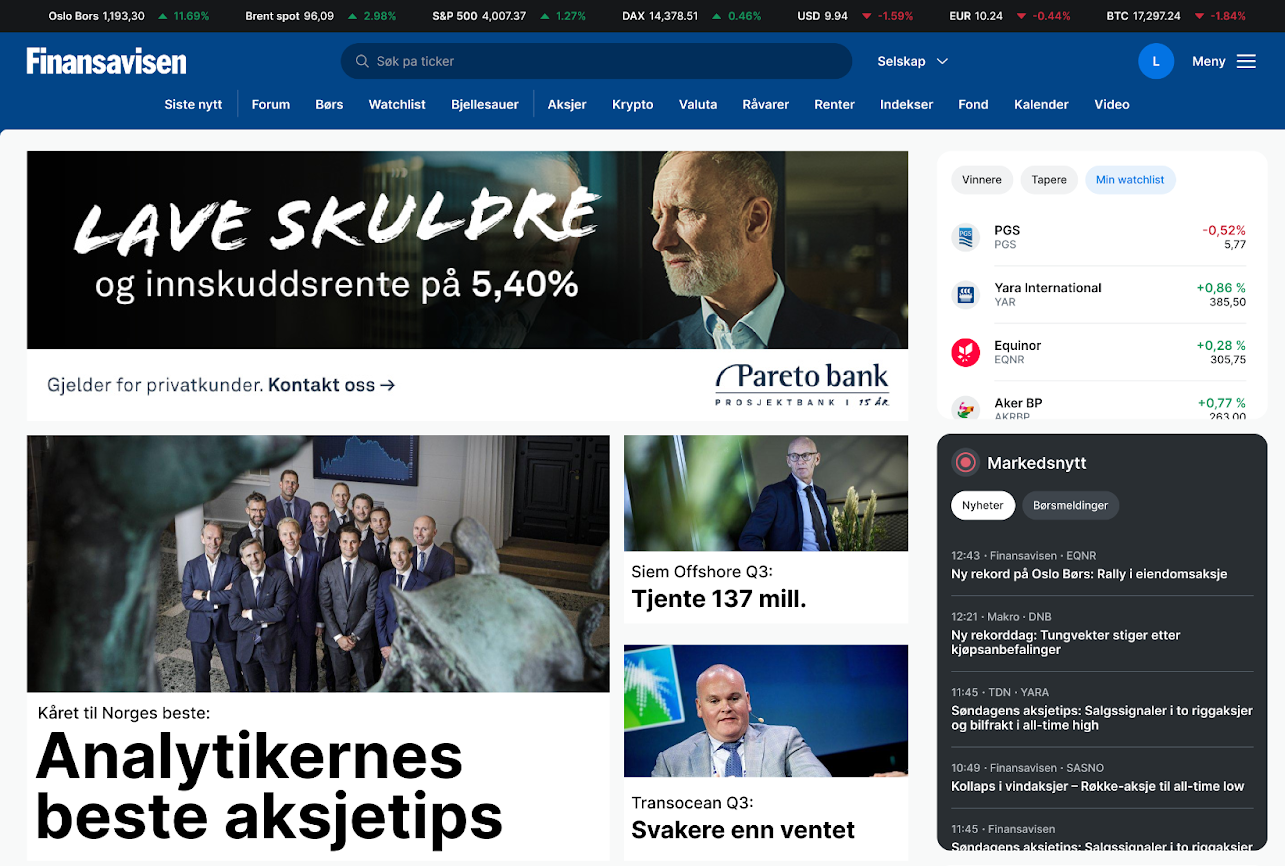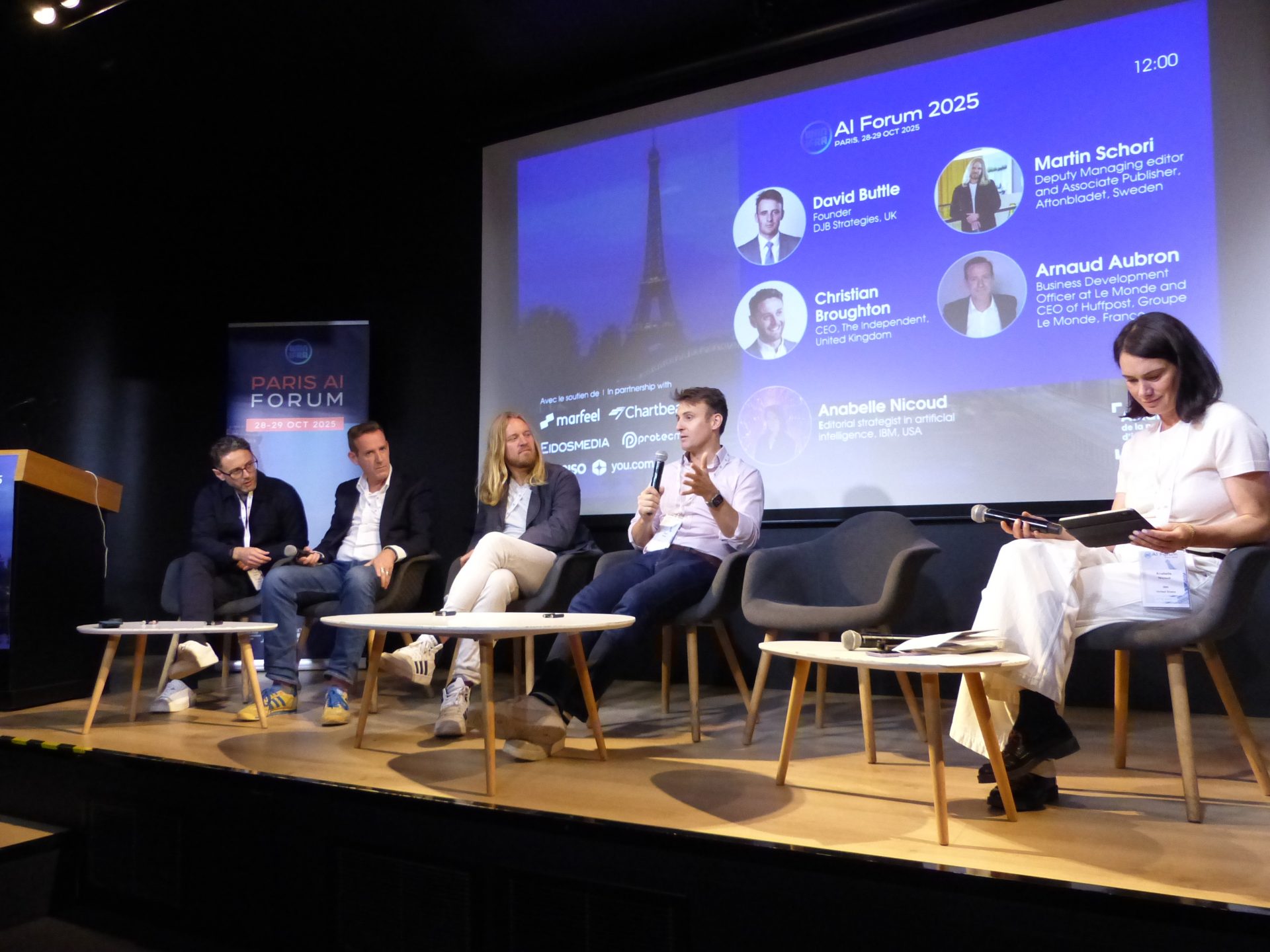
Newsletter
Newsletter
Publishers are doubling down on their subscriber growth goals, and young, mobile-first audiences are key to their success.
14th June 2024

Major European media houses are accelerating their digital transformation plans to focus on subscriber growth because their forecasts show they must replace ageing and declining print subscribers with a higher volume of younger digital subscribers.
And other audience and market trends are pushing them to focus on mobile-first subscriber growth.
Currently, digital subscription revenue makes up only a fraction of total reader revenue for news businesses. Of the $49.3 bn in subscription revenue, only $7.8 bn was digital, according to WAN-IFRA’s analysis of PwC data. Growing digital’s size and share of publishers’ revenue is imperative.
Mediahuis announced their answer to this strategic question with their 7-7-7 plan to flip their print-digital revenue mix from 70-30 to 30% for print and 70% for digital in seven years, Gert Ysebaert, CEO of Mediahuis Group, told the WAN-IFRA World Congress in Copenhagen recently.
The group, which has grown dramatically through acquisition, must connect with younger audiences. The average age of a print subscriber at one of Mediahuis’ 30 brands is 70. While it drops to 50 for a digital-only subscriber, they will need to reach younger audiences to get more people to pay for their journalism.
In research that we have done for our upcoming State of Mobile Publishing report, we have found that app audiences are younger than web audiences. We analysed website and app data from a century-old publisher and found that 53% of app users were under 35, compared to only 38% of their web audience.
To create content that engages younger audiences, the group will recruit younger and more diverse journalists into their newsrooms, and Mediahuis will also experiment with their paywall models to encourage more young people to pay for their journalism.
They are pursuing a four-pillar content and product strategy. The first pillar focuses on content that will “inform” audiences with traditional on-the-day journalism. The second pillar will produce journalism that acts as a “guide”, content that helps people live better, healthier lives, which has been a “goldmine” for the group.
The third pillar will “enable” audiences. This content is part of a product diversification strategy to deliver “podcasts, e-books, consumer protection, more health and exercise offerings and hiking and bike routes and navigation tools”.
The fourth pillar calls for “more journalism”, which will focus on distinctive, signature journalism, which he sees as a hedge against a coming glut of AI-produced content.
At Sweden’s NTM, their digital strategy had stalled by 2020 so they set new targets for subscriber growth, acquiring 55,000 paying subscribers in the first year, doubling that by 2023 and already aiming for the next target of 250,000 digital subscribers.
Just as Mediahuis they knew they needed to engage younger audiences because their largest audience segment was 50 to 70 years old.
“As digital media has evolved, there has been a transition of power to the audience. It’s this audience that we want to satisfy and get them to pay for our journalism,” Jens Pettersson, head of editorial development at Swedish publisher NTM, said at WAN-IFRA’s World News Media Congress in Copenhagen.
They have initially focused on growing paying subscribers aged 33 to 50, which now account for 33% of digital subscribers. Total subscribers aged 18 to 50 now account for 40% of their overall digital paying audience, approaching 45% of 50 to 70-year-olds.
To achieve that, they focused on three core principles:
To support their digital transformation and three focus areas, they improved their technical and data operations. They improved their metadata to support better analysis of the kind of content that engaged their readers. “(M)ost importantly, we did a deep analysis of our audiences’ behaviour and consumption, content performance, and paid closer attention to producing journalism that resonated with them,” Jens added.
Armed with this analysis, they focused their content strategy on seven core beats which they found engaged readers and created the habits that led to subscription: breaking news, crime and legal punishment, city, residence, jobs, healthcare, family.
To increase the value around these core topics, they have worked with United Robots to create automated content around routine reporting such as “lower division sports, real estate sales, company registrations, traffic and weather”. Leveraging the metadata on each automated article, NTM algorithmically determines which and where those stories are published on the home pages of their 18 markets. They have found that high-price house sales are popular with readers, and they have set a price threshold for each market. Stories with any houses sold over that price point are published prominently on the home page. They also have personalised widgets to highlight relevant content to “each reader based on region and interest”.
NTM found that their reporter covering high-impact topics such as COVID-19 and crime drove 4.9 m subscriber page views in 2021, while the automated content drove 9.4 m subscriber page views, roughly 4% of all logged-in user page views. United Robots finds that its automations create lots of content with relatively fewer page views, freeing up reporters to cover higher impact, higher subscriber engagement stories.
“We’ve found that it is absolutely possible to convince them by showing the data and the effect the automation has on reader engagement. They start to see it as an add-on to the journalism, allowing them to focus on what they are trained to do,” Jens said.
Their improved metadata also drives automated, hyper-local newsletters. They add topic tags and geographical boundaries to stories, which allows for automated curation. The newsletters are based on location or topics such as sports teams, crime news as well as dining and entertainment.
The automated nature of the newsletters has allowed them to quickly spin up new ones and experiment with what engages audiences the most. The first eight newsletters they created had a stunning average open rate of 66%, with the highest-performing newsletter delivering a 70% open rate.
They also simplified their data presentation so that it was easier to digest and act on, building journalist-friendly data dashboards directly in their CMS.
Data has been key to helping NTM journalists understand the logic that drives a reader revenue strategy. They also reinforce the data and its application with conversations with journalists and editors to help them understand “their role in the business of journalism” and how their work drives subscriber acquisition and retention.
Their mobile-first focus also drove them to redesign their app. They stripped down the design with only their logo and the login at the top of their app, a tighter design for the first news position, simplified navigation and advertising below the top article but still prominently displayed in the app. It shows the importance of delivering a good user experience. Pageviews increased by 102% for their latest news sections and 53% for their high-priority headlines. The new design delivered even more impressive results further down the page, with news in the eighth slot delivered a 322% increase in pageviews.
Publishers are sharpening their North Star focus on subscriber growth, and to achieve their goals, they are focused on young, mobile audiences. Data from our upcoming State of Mobile Publishing report shows that the largest audience in the apps we build for publishers are those without a subscription as they use registration in the app as a step to subscription conversion. It’s why they said that while they have traditionally seen apps as a retention tool they were starting to see them play a role in acquisition as well. The second largest audience are paying subscribers that already have a relationship with, which is why respondents to our survey said that onboarding was the best tool they had to encourage downloads. The publishers we work have become increasingly sophisticated in their subscription strategies, and they are finding success in using apps to engage younger audiences and converting them to paying subscribers.
Here are some of the most important headlines about the business of news and publishing as well as strategies and tactics in product management, analytics and audience engagement.

Newsletter

Newsletter

Newsletter

Newsletter

Newsletter